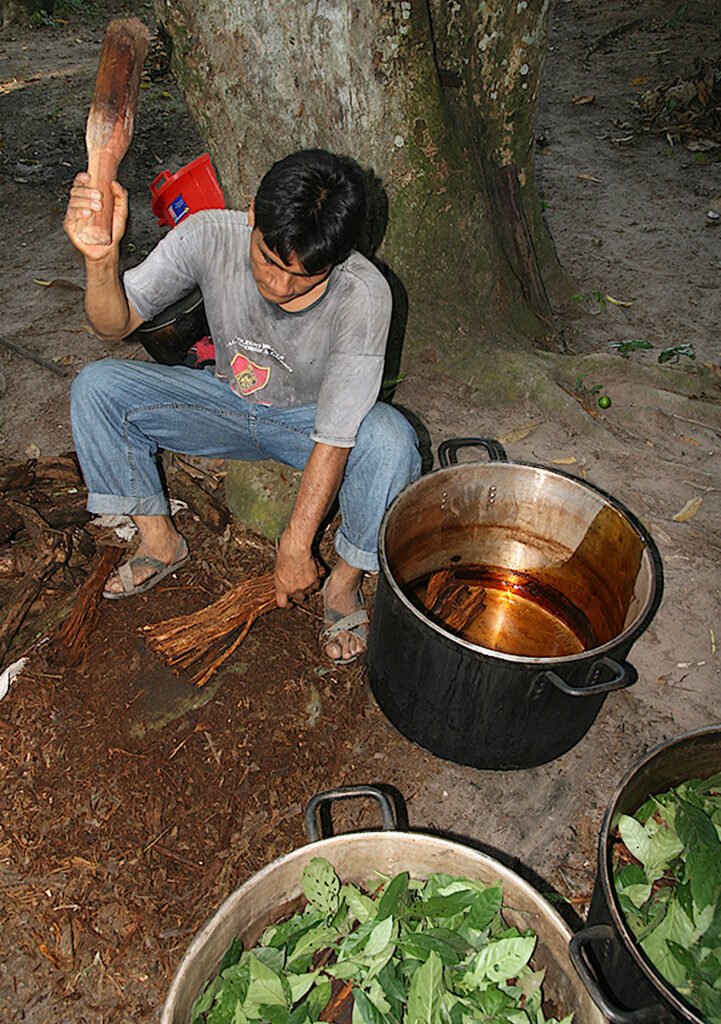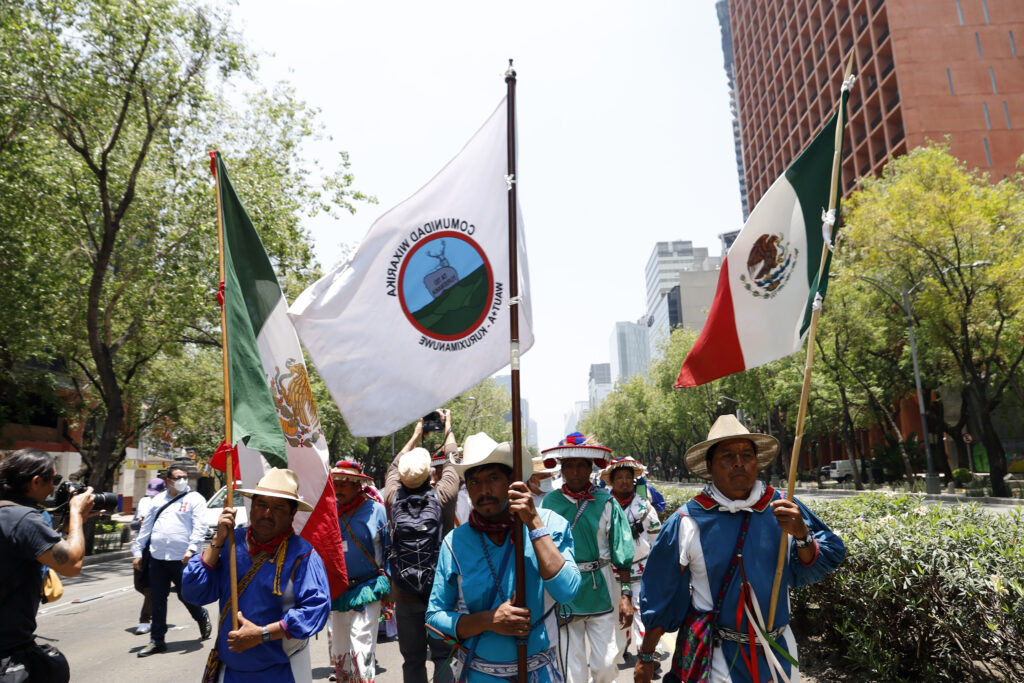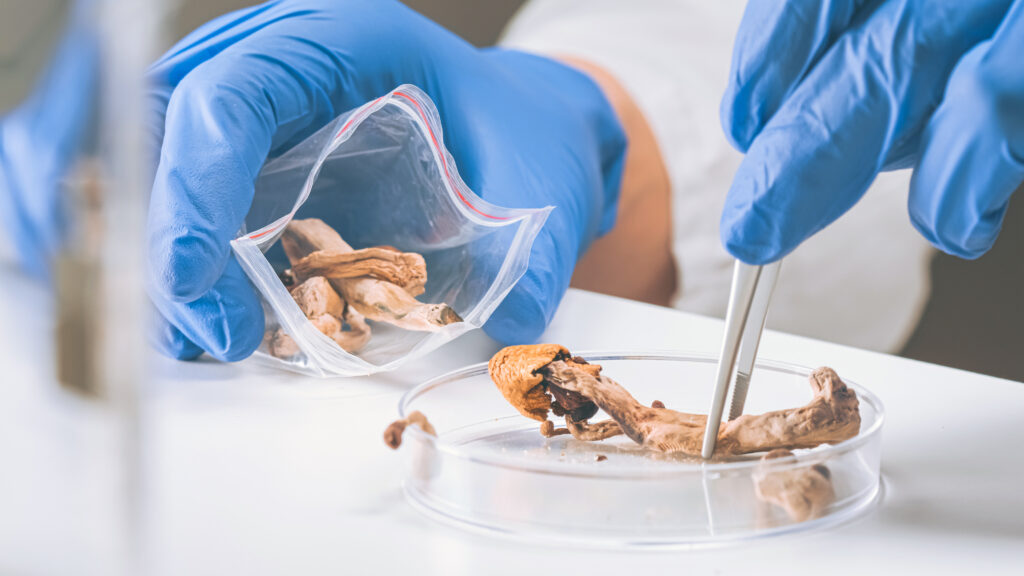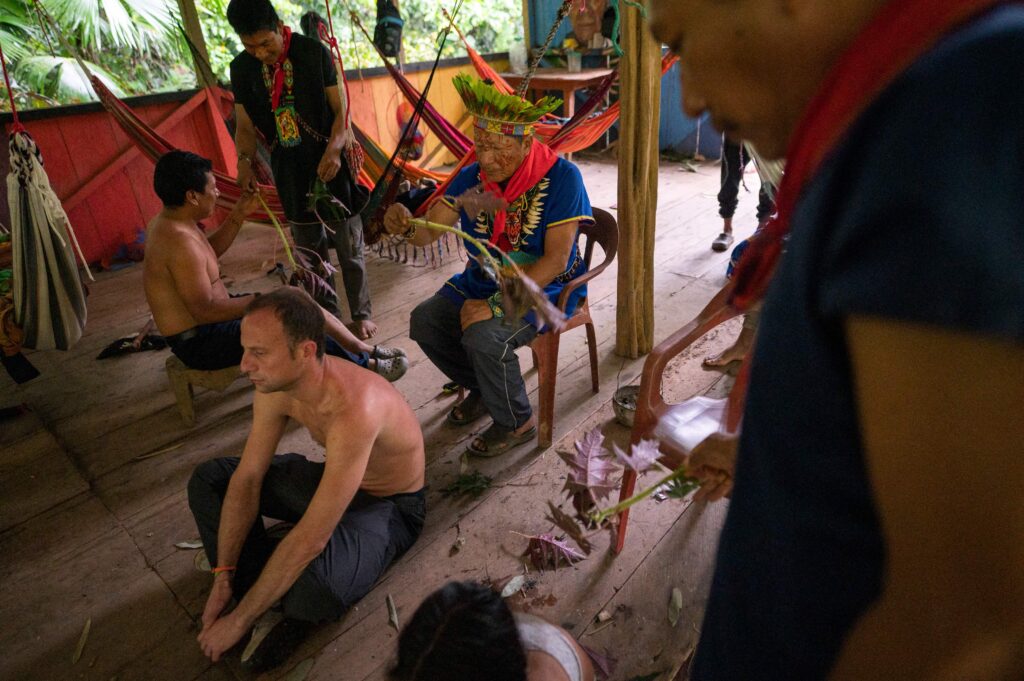The Psychedelics Industry Is Booming—but Who’s Being Left Out?
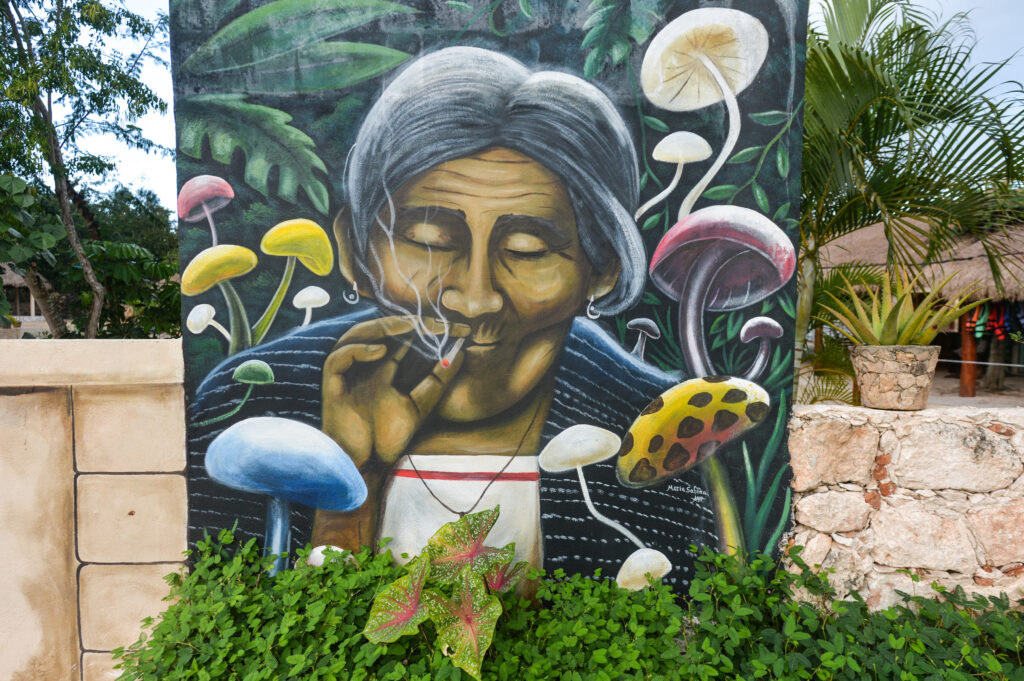
Many countries around the world are in the midst of a psychedelic revival, and it’s changing as fast as a time-lapse video of mushrooms sporing.
For millennia, Indigenous peoples have been the caretakers and knowledge keepers of psychedelic plant medicines. These communities tend to see such plants and fungi as sacred family members who are central to their spirituality. Now, thanks to their potential mental health benefits, these perspective-altering substances are taking over clinical trials, retreat centers, news headlines—and Netflix.
Though most psychedelics remain illegal almost everywhere, places such as Oregon, Colorado, and Australia are decriminalizing or legalizing certain psychedelics in facilitated settings. But as these substances rapidly enter the mainstream in cultures that do not have a long-standing tradition of psychedelic use, numerous experts warn that the hype is outpacing safety concerns. And many worry that psychedelic research and commercialization are repeating patterns of colonialism and exclusionism.
Take psilocybin mushrooms. Numerous scientific studies have shown that psilocybin in combination with psychotherapy is a powerful treatment for depression, addictions, and existential distress in terminally ill patients.
Yet a key reason researchers and patients outside of Indigenous communities can access psilocybin therapy is because Mazatec people in Mexico developed medicinal and sacramental uses of this mushroom. They then shared their knowledge with a U.S. writer who betrayed their trust in 1957. As a result, Mazatec cultural and religious practices were devastated by the monetization of “magic” mushrooms.
Meanwhile, fascination with the traditional Amazonian drink ayahuasca is peaking around the world, in part because of its potential to enhance well-being and alleviate PTSD. But ayahuasca tourism is disrupting ancient knowledge systems among some communities in the Amazon.
These controversies were discussed at Breaking Convention: Worlds Collide, a psychedelics conference in London. SAPIENS editor Keridwen Cornelius interviewed three speakers: psychologist David Luke, anthropology and clinical trial methodology researcher Tehseen Noorani, and anthropologist Gabriel Amezcua. They spoke about their hopes and concerns for the psychedelic revival.
The interviews have been edited for brevity and clarity.

































